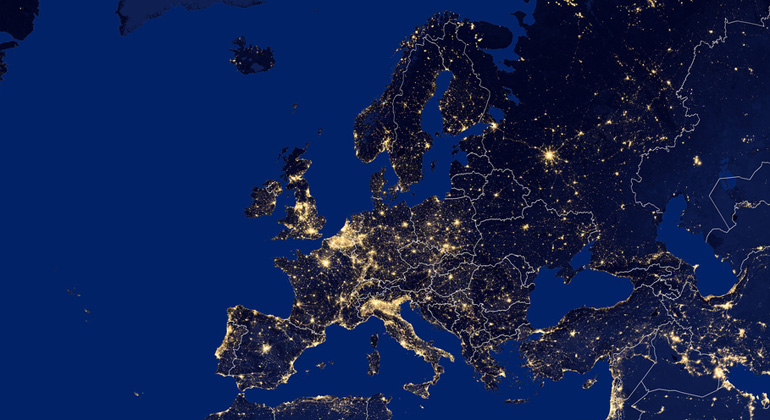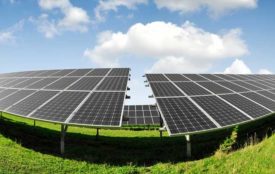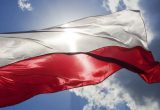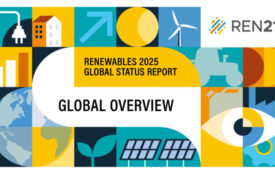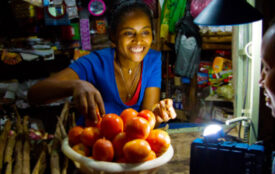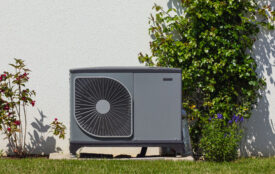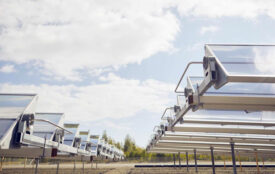A digital publication to shed light on energy in the European Union
A new way of communicating statistics
Lighting, heating, moving, producing: energy is essential for our day-to-day life. Turning on our computers or starting our cars are actions that we take for granted, yet they represent the final stage of a complex process, from extraction to final consumption. For example crude oil is transformed into motor gasoline, while fossil, nuclear and renewable energy are transformed into electricity.
Statistics can help to make the complex process of energy more understandable. This is the aim of the digital publication Shedding light on energy in the EU – A guided tour of energy statistics issued today by Eurostat, the statistical office of the European Union. This digital publication will serve in particular those who would like to better understand the challenges faced by the Energy Union, one of the ten priorities of the European Commission.
The digital publication consists of four parts or blocks of questions, those which citizens would most frequently ask. These questions are:
What is the Energy Union about?
This part gives an overview of the five dimensions of the Energy Union. It includes a video where Vice-President Maroš Šefčovič and Commissioner Miguel Arias Cañete explain EU policy.
Where does our energy come from?
This section describes where the energy in the European Union (EU) comes from, meaning what is produced in the EU and what is imported. The imports are visualized in interactive flow maps, while the energy flows, from source to final use, are described in a very detailed way through interactive Sankey diagrams. From this section, readers will learn for example that in 2014 the EU depended on energy imports for 53% of its consumption, ranging from below 20% in Estonia, Denmark and Romania to over 90% in Malta, Luxembourg and Cyprus.
Which kind of energy do we consume and how much does it cost?
This chapter gives information on what kind of energy is consumed in the EU and what sources are used for electricity. Another part deals with how much electricity and gas cost for households and industries. The different sources used to produce electricity are shown in an animation and energy consumption is presented through an interactive visualization tool. An interesting figure from this part shows that petroleum products accounted for 40% of energy consumption in the EU in 2014, ranging from below 30% in Slovakia, Finland, the Czech Republic and Sweden to over 65% in Cyprus, Luxembourg and Malta.
What are the links between energy and the environment?
This part presents how greenhouse gas emissions are evolving and how different sources contribute. It also shows the share of renewables in energy consumption and how efficient the consumption of energy is in the EU. The different types of renewable energy are explained in an animation. An interesting figure from this chapter shows that 16% of energy consumed in the EU in 2014 came from renewables, varying from below 5% in Luxembourg and Malta to over 50% in Sweden.
By providing simple statistical answers to these questions and by presenting the information in a user-friendly way through short texts, dynamic infographics, maps, videos, animations, graphs, photos etc. this new tool developed by Eurostat aims to reply to the needs of those who are not so familiar with the energy sector. The publication will also fit the needs of more experienced users interested in the whole energy process through the Sankey diagrams. All information is available for the European Union as a whole, but also for the 28 Member States.
For more information
- Eurostat digital publication on energy: Shedding light on energy in the EU – A guided tour of energy statistics
- Eurostat Sankey energy balance interactive diagram
- Eurostat website section dedicated to energy statistics
- Eurostat database on energy
